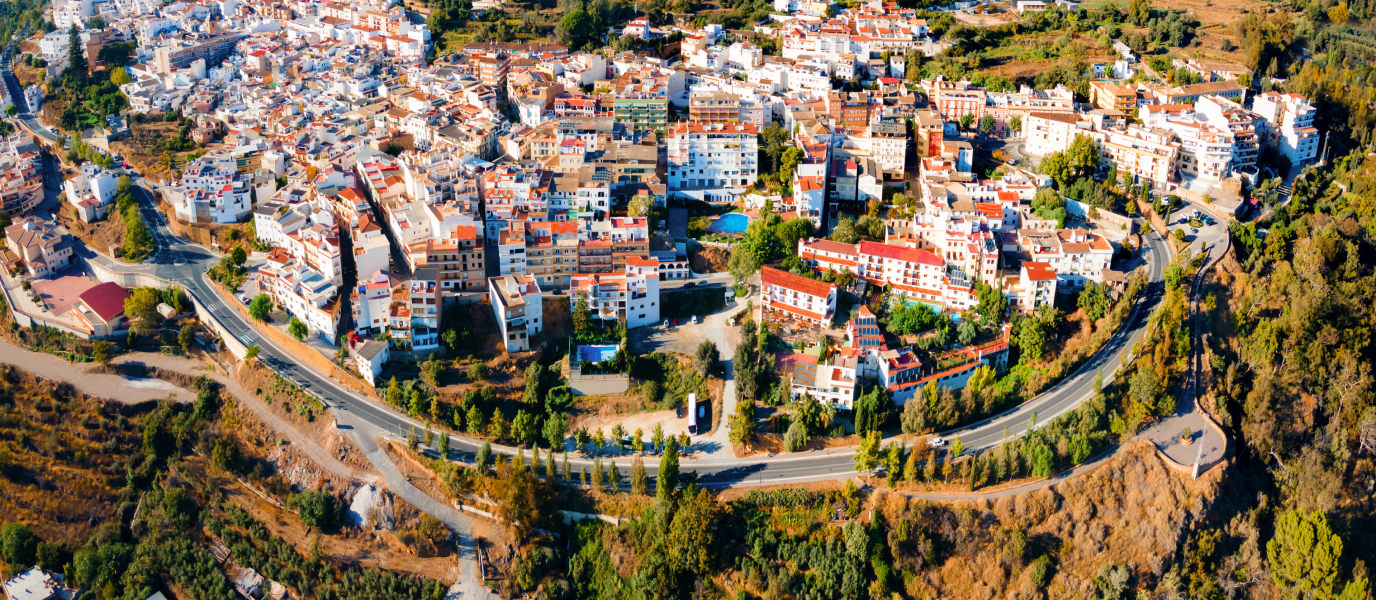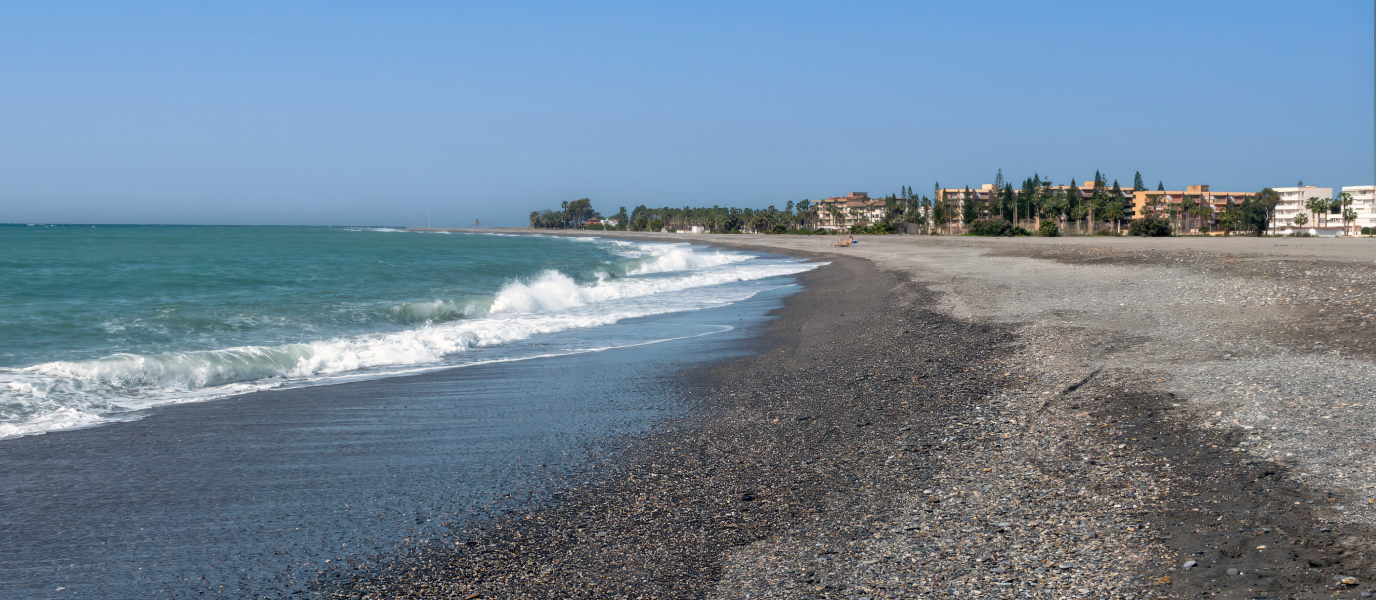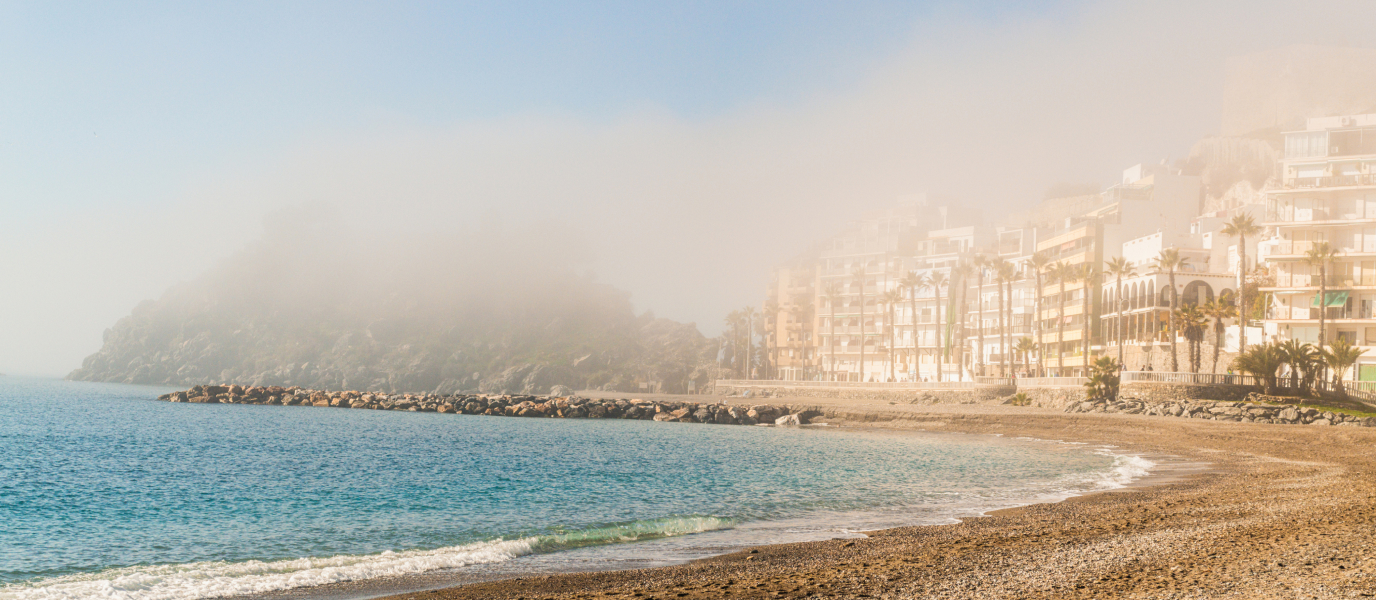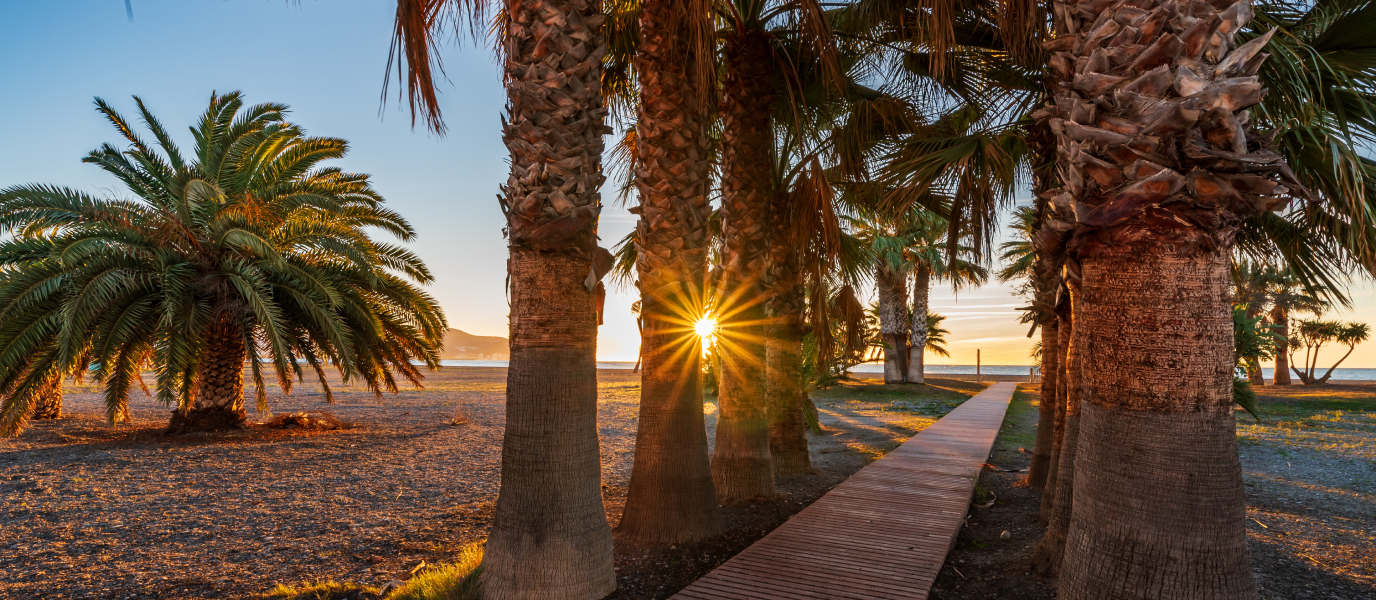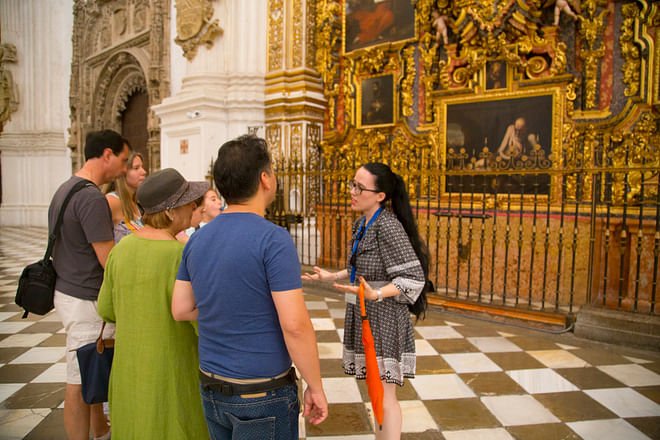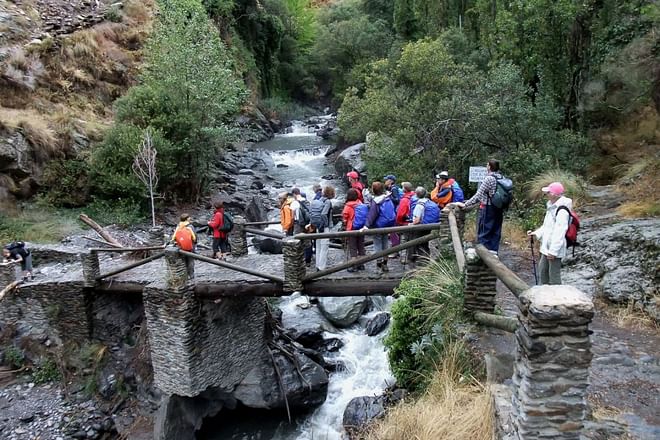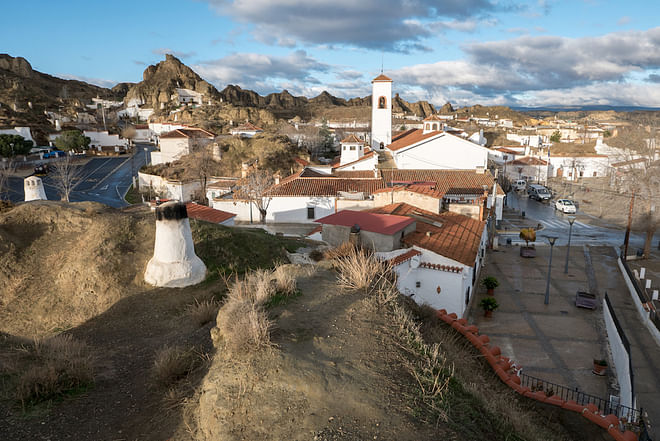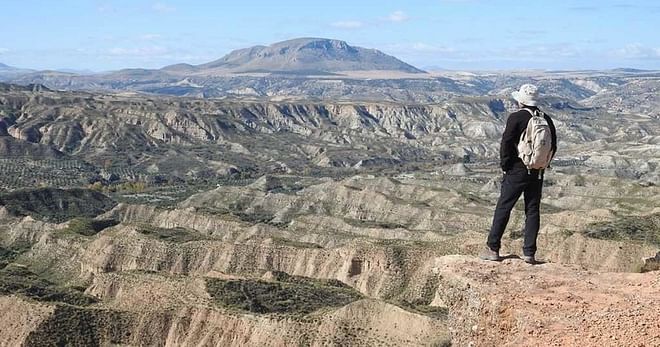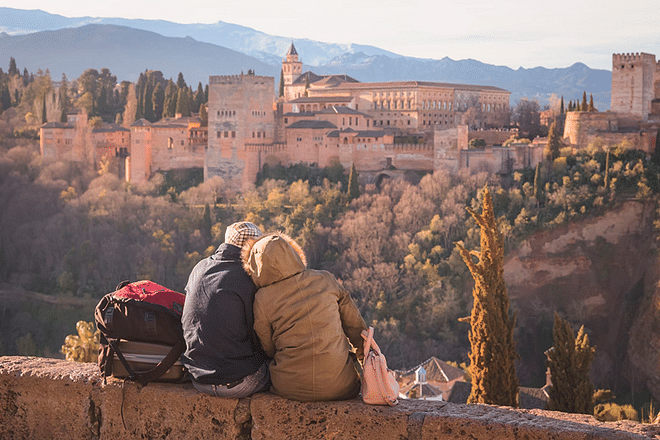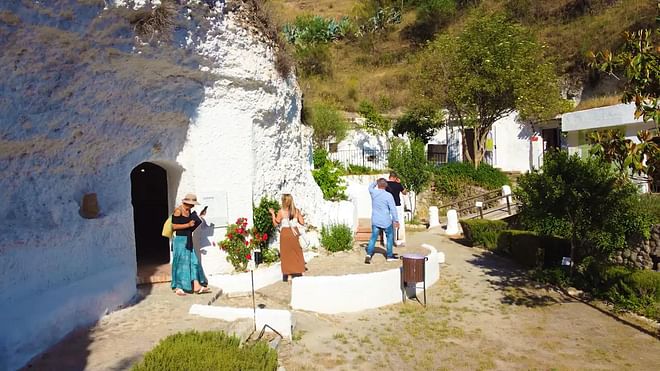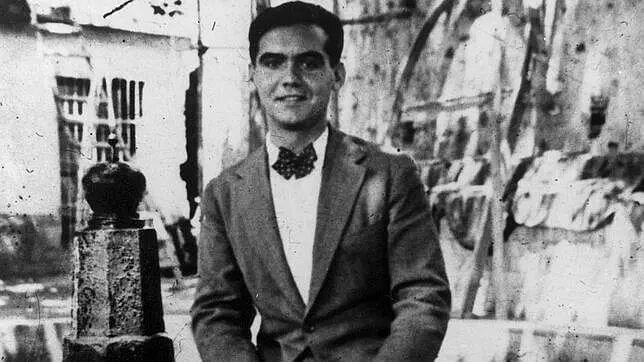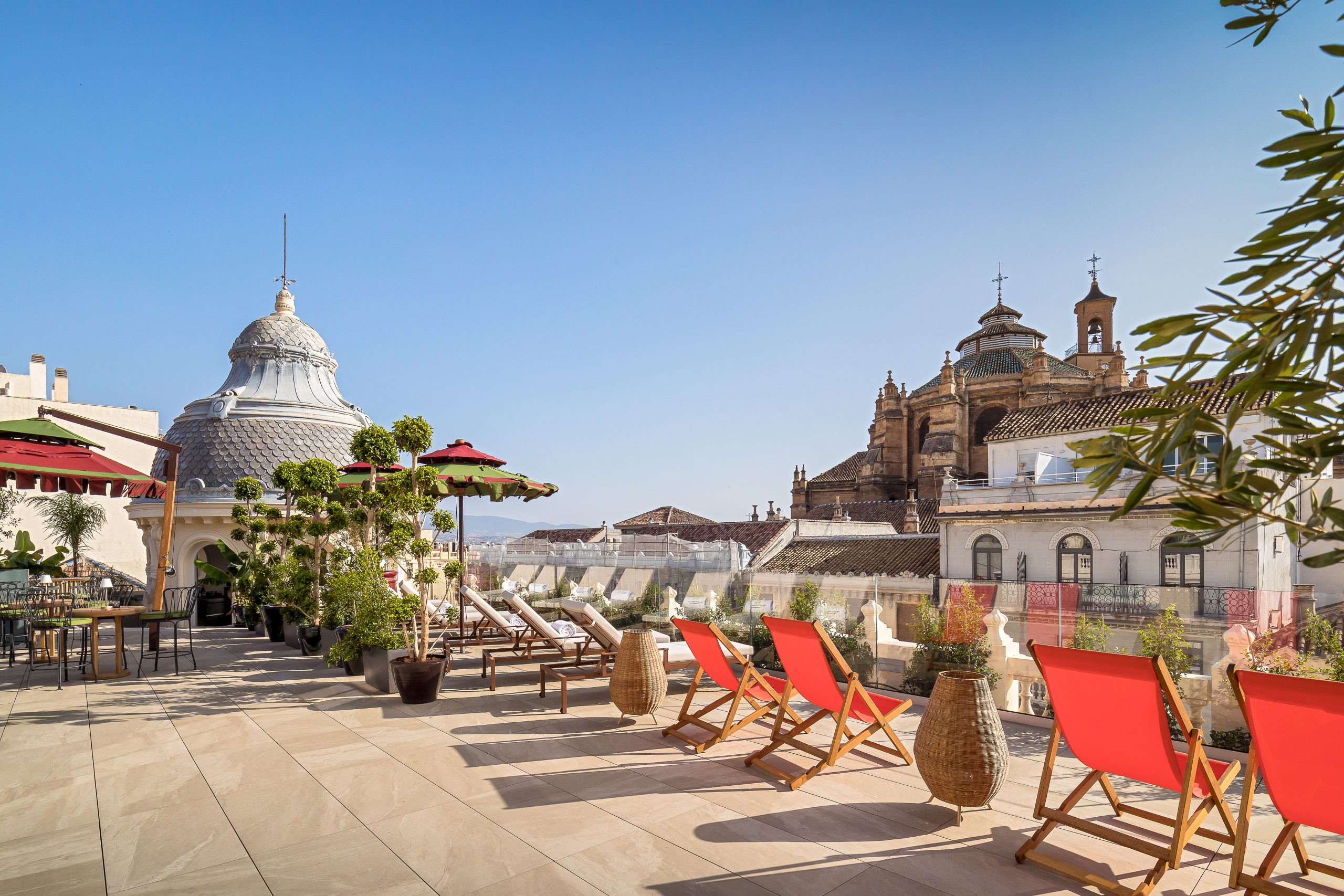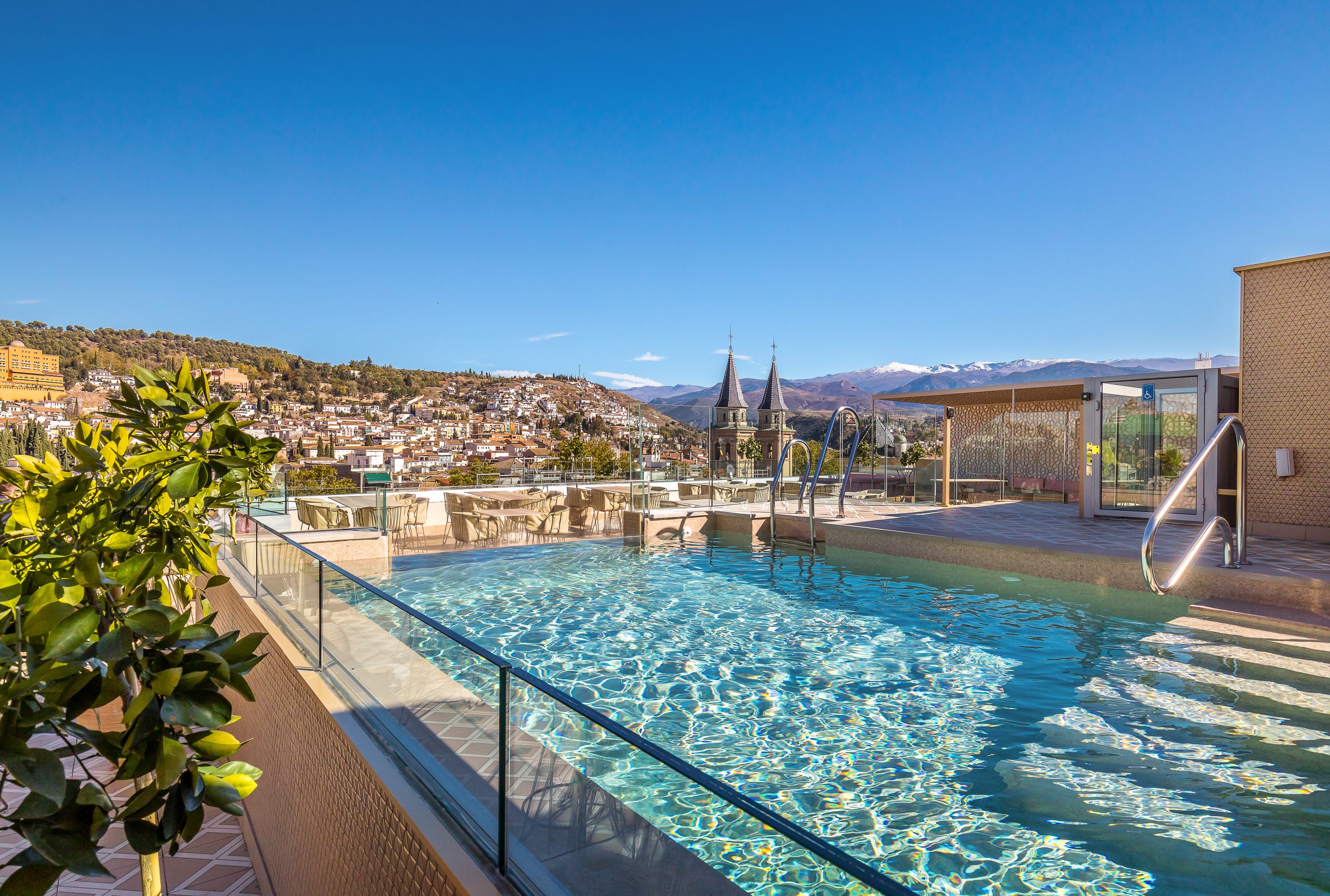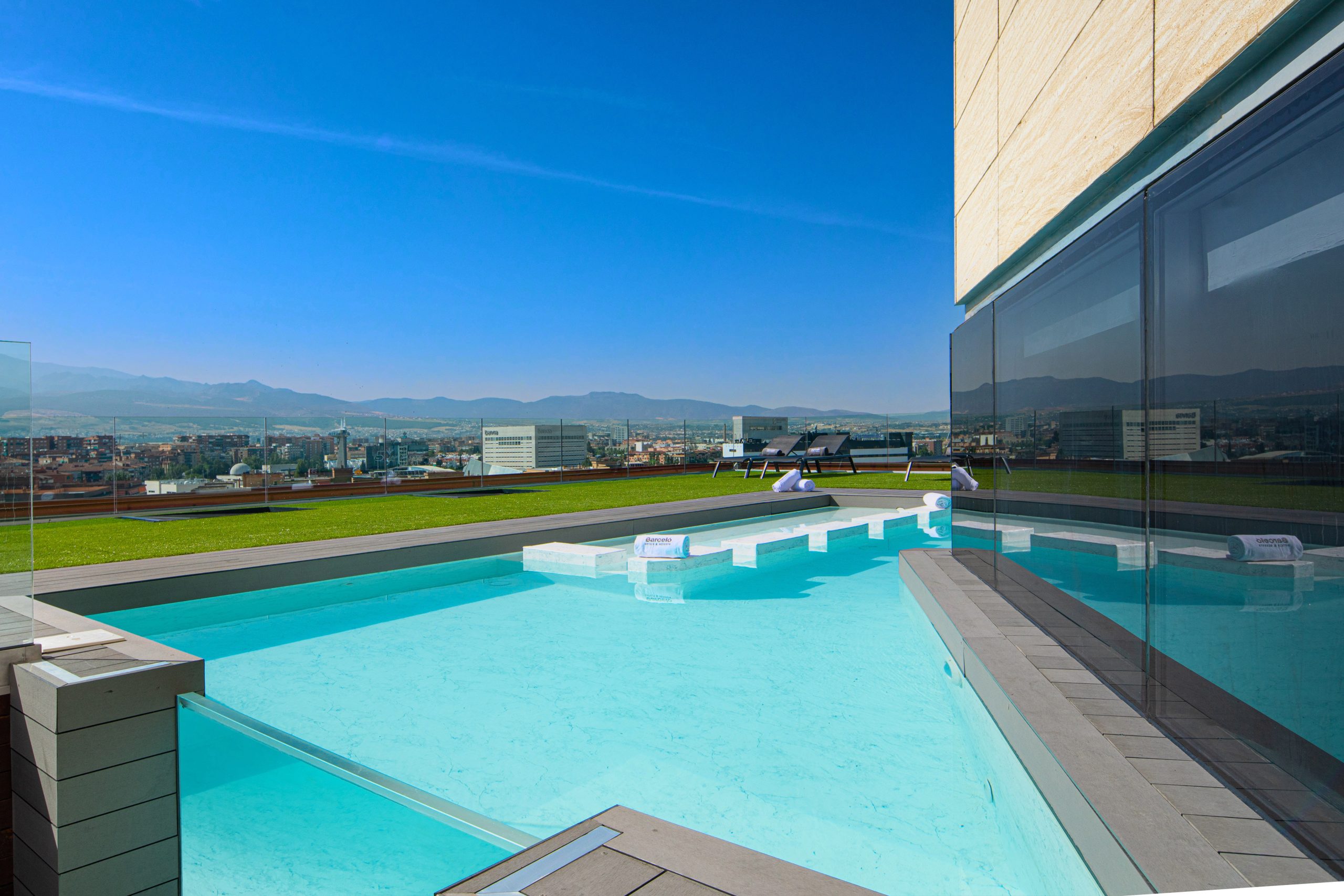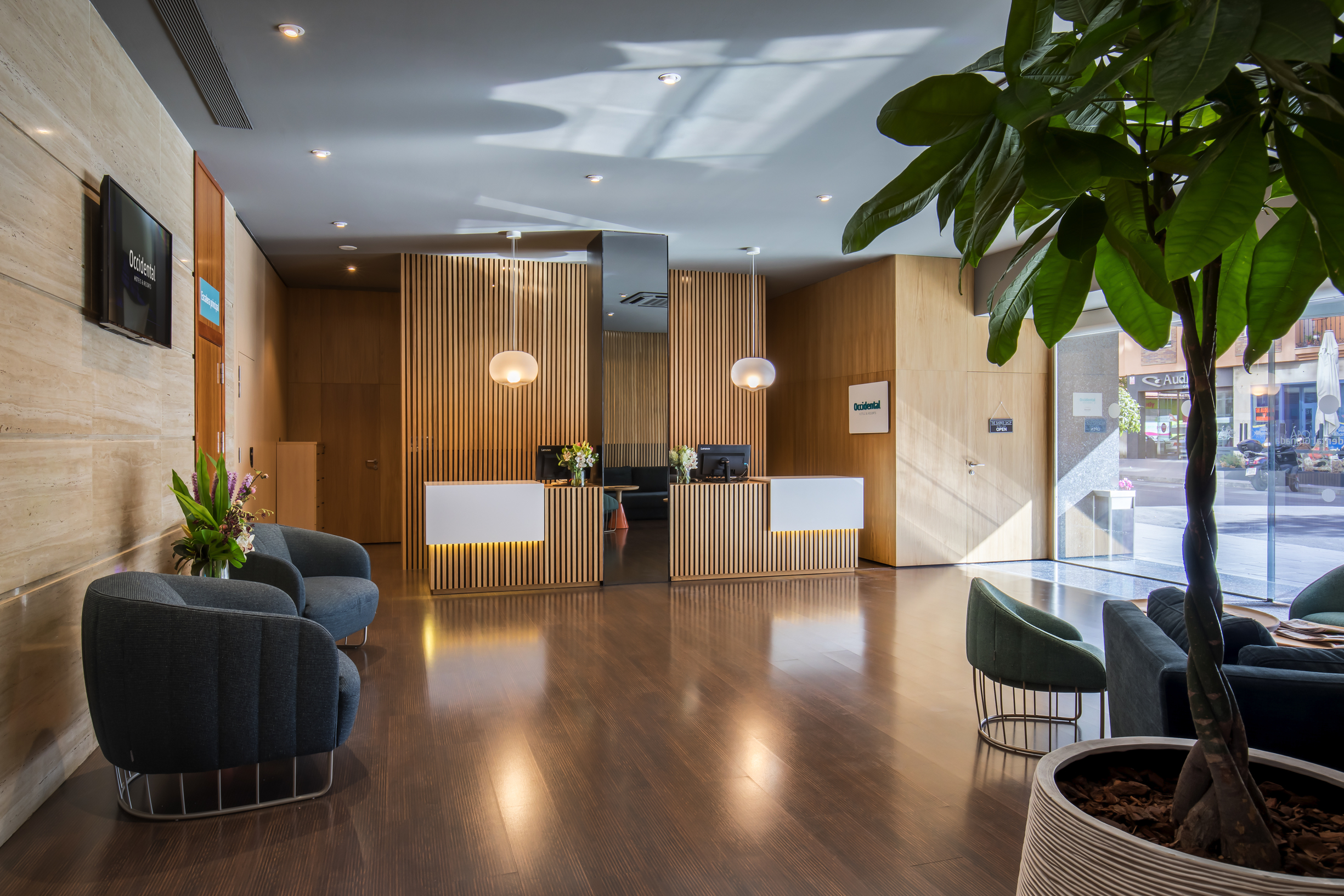Known as the “spa town” of Andalusia, Lanjarón offers visitors a charming sight of ornate whitewashed houses on the southern slopes of the Sierra Nevada, in a spot known as Cerro del Caballo, in the midst of a landscape so spectacular that it has inspired writers and artists. Pedro Antonio de Alarcón, for example, described it as a “poet’s dream”.
This town in Granada has many tourist attractions that are well worth a visit. The old town, also known as Barrio Hondillo, is worth a visit for its traditional Alpujarran architecture, beautiful gardens and tree-lined promenades, as well as a street lined with stalls displaying the handicrafts of the area’s creators and artists.
However, Lanjarón (Granada) is famous for its spa, which is probably the most visited one in Andalusia. People with rheumatism, osteoarthritis and liver and kidney problems come here and find relief through its natural treatments. In fact, the World Health Organisation has recognised Lanjarón as one of the places with one of the highest longevity rates on the planet, probably due to the quality of its waters, its climate, the pure mountain air and its gastronomy, based on the Mediterranean diet.
- Lanjarón Castle
- Lanjarón’s old town
- The Fountains of Lanjarón
- Where to eat in Lanjarón
- What to see near Lanjarón
Lanjarón Castle
Located to the southwest of the town centre, between the Barranco del Salado ravine and the Lanjarón river, this quadrangular fortification of Arab origin stands out for its keep and the space used as a cistern for self-sufficiency. It was built around the 12th and 13th centuries for surveillance and defence purposes, although the remains of the castle date from the 16th century. Lanjarón Castle guarded the roads that linked Granada with the coast, with the help of the castle of Vélez de Benaudalla.
Lanjarón’s old town
Lanjarón is a town steeped in history and this is very much evident inside its old town, also known as Barrio Hondillo. It seems that its origins date back to the 10th century, when two Arab tribes led by Joraidan and Gil “el Barbari” arrived in Lanjarón, which led to population growth and improvements in its emerging urban structure.
The old town of Lanjarón is a maze of narrow streets, charming little squares and “tinaos” (doorways leading to various properties), with small houses of two and three storeys arranged around the streets Hondillo and Castejón, many of which have religious niches on their façades dating back to the Reconquest period. Nowadays, you can visit some of these tinaos, such as Las Chispas, Tío Pedro, Las Chirinas, Callejón de Dieguito and Placeta Colorá.
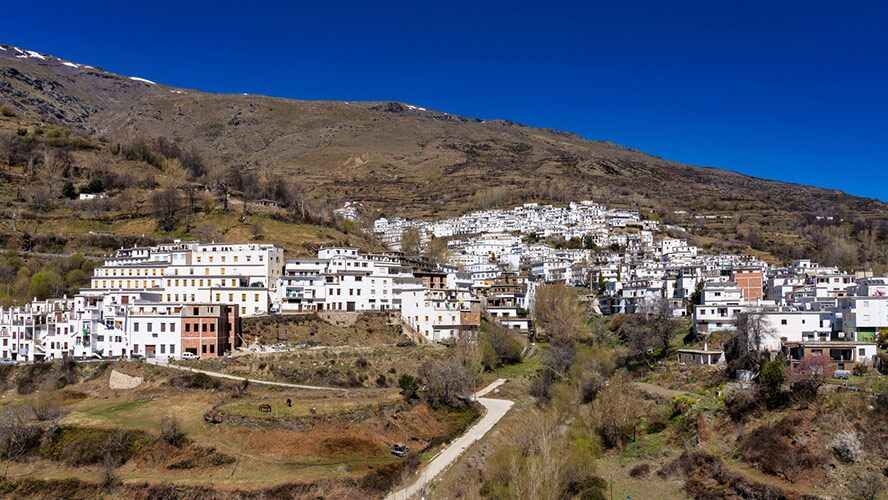
The Fountains of Lanjarón
It is not surprising that, being the great spa town of Andalusia, Lanjarón has a number of fountains with fresh, crystal-clear water from the thawing snows of the Sierra Nevada. Each fountain is usually named after the street or square where it is located, although some have special names such as “Pilar de las Calenturas” or “Pilarillo Chato”. Next to the famous Lanjarón Spa there are also many fountains, which apparently have healing properties. Curiously, many of the local fountains are engraved with poems by writers from Granada, such as Federico García Lorca, Rosaura Álvarez, Manuel Benítez Carrasco and Juan Gutiérrez Padial from Lanjarón.
Where to eat in Lanjarón
Being a tourist destination, Lanjarón has a wide range of restaurants. We recommend Asador Parque, located very close to Lanjarón Spa, which has views of the mountains and its own car park. It doesn’t have a large menu, but the produce is top quality. Another option is Arca de Noé, a small restaurant in the centre of the village with a charming terrace, serving excellent tapas and larger portions of food. Mesón El Salado also comes highly recommended, with delicious traditional and homemade cuisine. It’s also very good value for money.
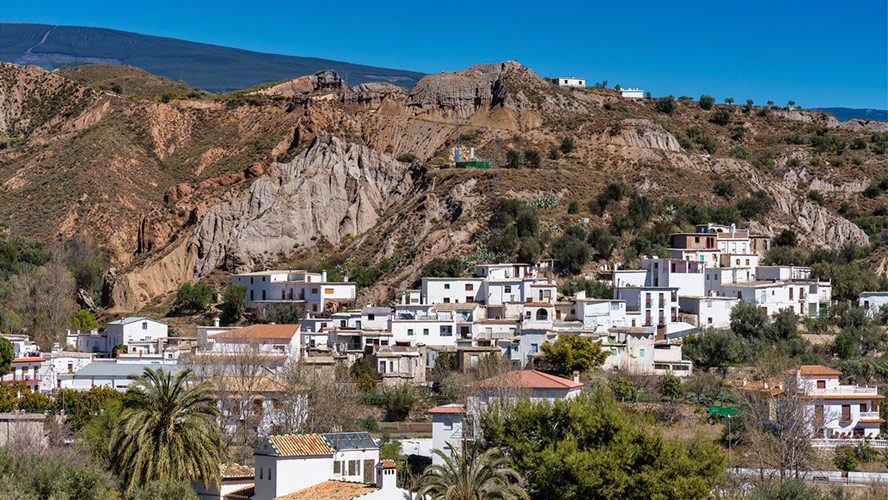
What to see near Lanjarón
In the surroundings of Lanjarón, there are beautiful villages, natural destinations and tourist attractions that are well worth discovering. For example, it is worth visiting the Water Museum, located at kilometre 9 of the A-348 road. Here you can see why Lanjarón has been shaped by water, as you’ll appreciate how in 1838 it was documented that there were 32 springs, each with its own physico-chemical characteristics. Don’t forget to visit the Honey Museum, an 18,000-square-metre space in natural surroundings at the entrance to Lanjarón and just a few metres from the spa. You can also visit picturesque villages such as Ízbor, Béznar, Cáñar, Mondújar, Lecrín, Órgiva, with its famous art museum El Gallinero or Chite.
























































